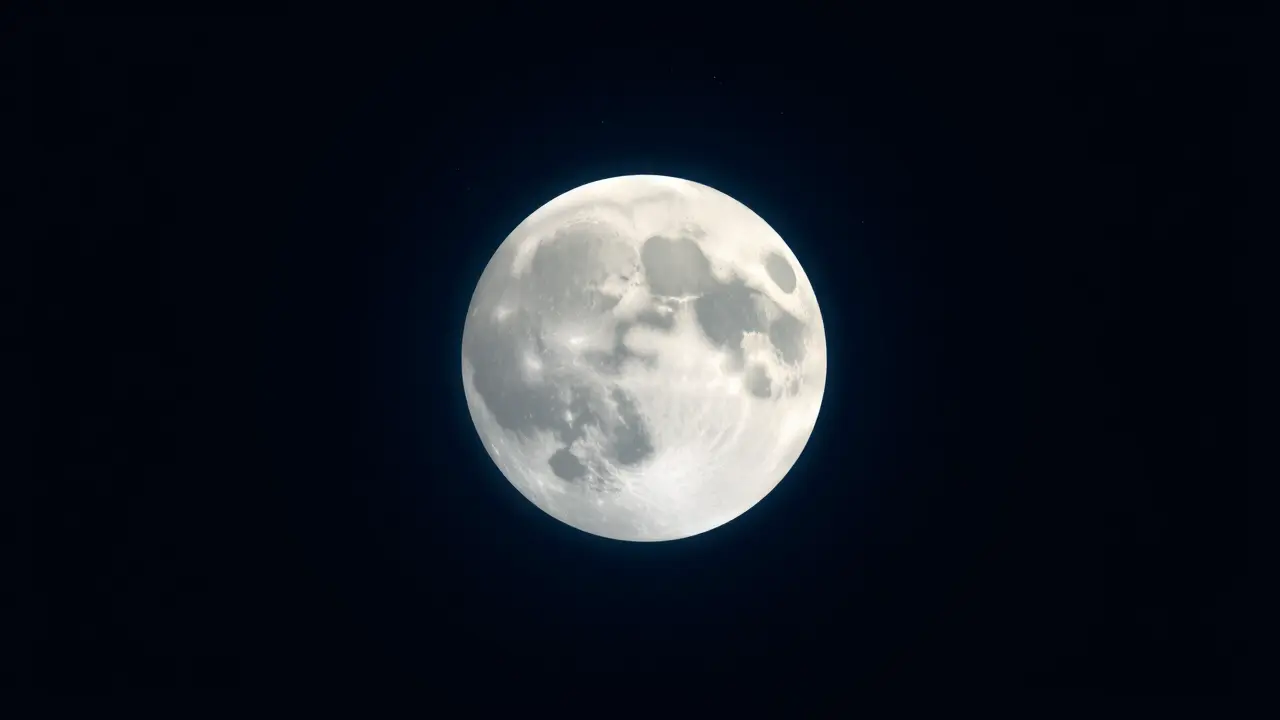Moon Phase for October 10, 2025
As the Moon enters its waning gibbous phase on October 10, 2025, presenting an 83% illuminated face, we are witnessing a celestial deceleration, a gradual retreat of lunar light that marks the closing act of the lunar month's dramatic performance. This phase, persisting for approximately seven days, is not merely a footnote in the astronomical calendar but a profound cosmic transition from the peak illumination of the Full Moon toward the contemplative darkness of the New Moon.The waning gibbous is the universe's way of easing us out of a period of culmination and revelation, a time for integrating the insights and energies unleashed during the full lunar climax. From an astrophysical perspective, this phase is defined by the precise geometric alignment of the Sun, Earth, and Moon, where the angle of sunlight striking our natural satellite begins to recede from its maximum, casting the eastern limb into a deepening shadow and subtly altering the terminator line each night.This is the same orbital mechanics that governs the tides, and indeed, we can expect neap tides to develop as the gravitational pull of the Sun and Moon begin to counteract each other rather than align. Historically, cultures from the ancient Babylonians, who meticulously charted lunar cycles to refine their calendars, to Indigenous North American tribes, who named this the 'Hunter's Moon' for the practical advantage its lingering light provided in stocking provisions for winter, have understood this phase as a period of reaping and release.In the modern context, this gradual dimming offers a unique opportunity for stargazers and astrophotographers; with the Moon rising later each evening, the pre-midnight sky becomes progressively darker, unveiling fainter deep-sky objects like the Andromeda Galaxy or the Pleiades star cluster that are typically washed out by the full Moon's glare. For the burgeoning field of lunar exploration, this specific lighting angle is critical for missions like NASA's Artemis program, as the long shadows cast across the lunar south pole can help orbital reconnaissance instruments identify potential water ice deposits in permanently shadowed craters, a vital resource for future sustained human presence.The psychological and cultural resonance of this phase is equally significant, often symbolizing gratitude, sharing wisdom, and letting go of what no longer serves us, a theme echoed in everything from agricultural harvest festivals to personal spiritual practices. As we observe this beautiful, imperfectly round lantern in our sky, we are participating in a cycle that has captivated humanity since its inception, a rhythm that connects us not only to the cosmos but to the very history of human curiosity and our enduring quest to understand our place in the universe, a quest that now, with companies like SpaceX and Blue Origin, is rapidly evolving from passive observation to active exploration and settlement, making the Moon's phases more relevant than ever as we prepare to become a multi-planetary species.
It’s quiet here...Start the conversation by leaving the first comment.
© 2025 Outpoll Service LTD. All rights reserved.
